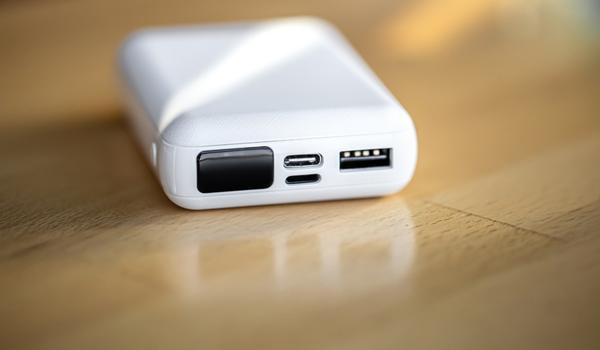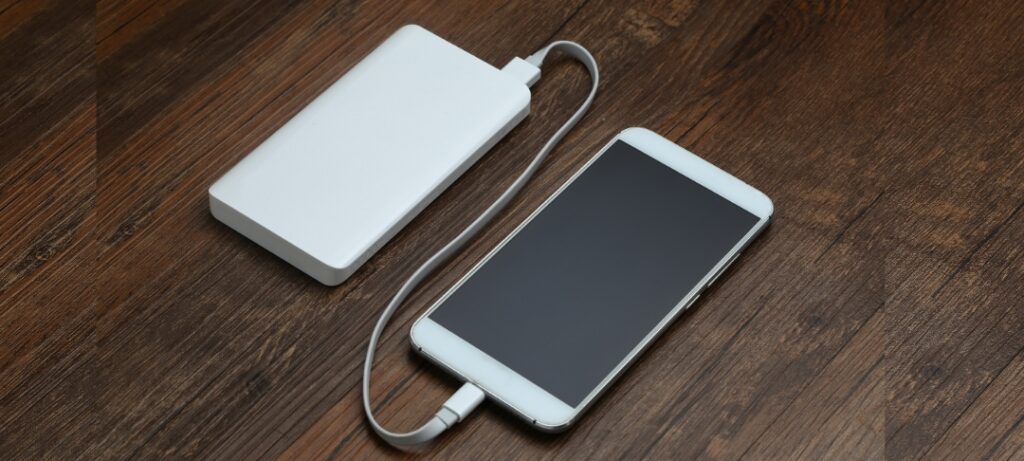Portable chargers, also known as power banks, have become an essential item for many travelers. With so many devices that need charging on the go, such as smartphones, tablets, and laptops, having a portable charger can mean the difference between being connected and productive or being stranded with a dead battery. In this article, we’ll explore the rules and regulations surrounding portable chargers on planes, the different types available, and tips for using them while traveling.
TSA regulations on portable chargers
The Transportation Security Administration (TSA) has specific regulations in place for bringing portable chargers on a plane. Power banks are considered lithium-ion batteries, and as such, are subject to the same regulations as other lithium-ion batteries. This means that they can be brought in carry-on and checked luggage, but there are limits on the amount of lithium-ion batteries that can be carried. For carry-on bags, each passenger is allowed to bring up to two larger portable chargers, which are defined as those with a capacity of over 100 watt-hours (Wh) per item. For checked bags, the limit is five larger portable chargers per passenger. It’s important to note that these limits are per passenger, not per bag. It’s also important to properly pack portable chargers in your luggage. They should be protected from damage and short-circuiting and should be declared to TSA officials if they are in excess of the limits.
Types of portable chargers
Power banks:

These are the most common type of portable charger and are available in a wide range of sizes and capacities. They typically have a built-in battery and multiple USB ports, allowing you to charge multiple devices at once. They can be charged using a USB cable and can be recharged hundreds of times.
Solar chargers:
These chargers use solar panels to charge a built-in battery, which can then be used to charge devices. They are a good option for travelers who will be spending a lot of time outdoors, but they can take longer to charge and may not be as reliable in overcast or cloudy conditions.
Hand-crank chargers:
These chargers use a hand crank to generate power and charge a built-in battery. They are a good option for travelers who will be in areas without access to electricity, but they can be physically demanding to use and may not charge devices as quickly as other types of portable chargers.
Comparison of the different types:
Power banks are the most reliable and versatile option for air travel, as they can be easily recharged and have a wide range of capacities and features. Solar chargers can be a good option for outdoor enthusiasts, but may not be as reliable in poor weather conditions. Hand-crank chargers can be a good backup option, but may not be as convenient or efficient as other types of portable chargers.
Safety precautions when using portable chargers on a plane
Portable chargers can pose a risk of overheating and fire if they are not used or maintained properly. It’s important to only use chargers from reputable manufacturers and to follow the manufacturer’s instructions for use and care.
It’s also important to avoid overcharging devices and to unplug devices and chargers when they are not in use. Portable chargers can also get hot while in use, so it’s important to avoid leaving them in direct sunlight or enclosed spaces.
How to choose the best portable charger for air travel
Capacity and output:
Look for a portable charger with a high capacity, measured in milliampere-hours (mAh), and a high output, measured in amps. A higher capacity will allow you to charge your devices more times before needing to recharge the power bank, while a higher output will allow your devices to charge more quickly.
Size and weight:
Consider the size and weight of the portable charger in relation to your travel plans. A larger and heavier power bank will be less portable but may have a higher capacity. A smaller and lighter power bank will be more convenient to carry but may have a lower capacity.
Additional features:
Look for portable chargers that have additional features such as multiple charging ports, built-in flashlights, or even a built-in compass that can come in handy during travel.
Power outlet availability on different airlines
Some airlines have power outlets available at every seat, while others only have them in certain rows or classes. Before booking a flight, it’s a good idea to check the airline’s website to see if power outlets are available on the specific flight you’ll be taking.
If your flight doesn’t have power outlets, or if you prefer to have your own portable charger with you, consider bringing a portable charger with a high capacity and multiple charging ports so that you can charge multiple devices at once.
Tips for using portable chargers on a plane
- Make sure to charge your portable charger before boarding the plane. Many airports have charging stations where you can top off your power bank before your flight.
- Bring an extra charging cable or two, as some airlines may have limited outlets available, and sharing is common.
- Try to conserve battery power on your devices by turning off non-essential features, such as Wi-Fi, Bluetooth, and location services.
- Consider bringing a small, lightweight device such as a phone or tablet for in-flight entertainment, as larger devices like laptops can drain battery power quickly.
Airline policies on portable chargers
Different airlines may have different policies and regulations regarding the use of portable chargers on their flights. Some airlines may allow the use of portable chargers during the flight, while others may prohibit their use. It’s important to check the airline’s website or contact them directly to find out their specific policies.
In addition, some airlines may have restrictions on the type or capacity of portable chargers that are allowed on board. For example, some airlines may prohibit the use of portable chargers with a capacity over a certain limit, or may only allow the use of portable chargers that have been approved by the Federal Aviation Administration (FAA).
Portable charger safety certifications
Not all portable chargers are created equal, and some may not be safe to use. When buying a portable charger, it’s important to look for certifications such as the Underwriters Laboratories (UL) or the International Electrotechnical Commission (IEC) to ensure that the product has been tested and certified as safe to use.
These certifications can be found on the product packaging or on the manufacturer’s website and will give you peace of mind that your portable charger is safe to use and won’t pose a risk of overheating or fire.
Charging devices on a plane: best practices
To ensure the best possible charging experience on a plane, it’s important to follow some best practices. One of the most important things to do is to make sure that your devices are charged to at least 50% before boarding the plane. This will give you a buffer in case you can’t charge your devices during the flight.
Additionally, try to avoid charging multiple devices at once, as this can put a strain on your portable charger and may cause it to overheat. Instead, focus on charging one device at a time, and make sure that the device is not in use while it’s charging.
Portable charger security
Portable chargers can be a valuable item to thieves, so it’s important to take steps to secure your portable charger while traveling. One way to do this is to keep it in a hard-shell case or protective pouch to prevent damage and deter thieves.
Also, it’s important to keep your portable charger in a safe and easily accessible place, such as a purse or pocket, to prevent losing it or having it stolen.
Portable charger and custom
When traveling internationally, it’s important to be aware of the customs regulations regarding portable chargers. Some countries may have restrictions on the type or capacity of portable chargers that are allowed to be brought into the country.
Before traveling, it’s a good idea to research the customs regulations for the country you’ll be visiting and to pack your portable charger accordingly.
Portable charger rental services
Instead of buying a portable charger, some travelers may choose to rent one from a rental service. This can be a cost-effective option for those who only need a portable charger for a short period of time.
Some rental services offer a wide range of portable charger models, capacities, and types, with the option to pick up and drop off the portable charger at various locations, including airports.
However, it’s important to research the rental service and read reviews before renting to ensure that they are reliable and have a good reputation.
Conclusion
Portable chargers are a convenient and essential item for travelers, but it’s important to be aware of the TSA regulations and to use them safely. By understanding the different types of portable chargers available and how to choose the best one for your travel needs, you can ensure that you stay connected and productive while on the go. Remember to check power outlet availability on your flight, and utilize the tips provided to make the most of your portable charger during your trip.
